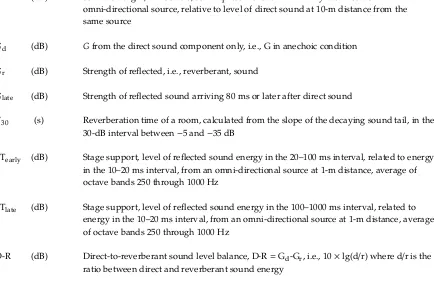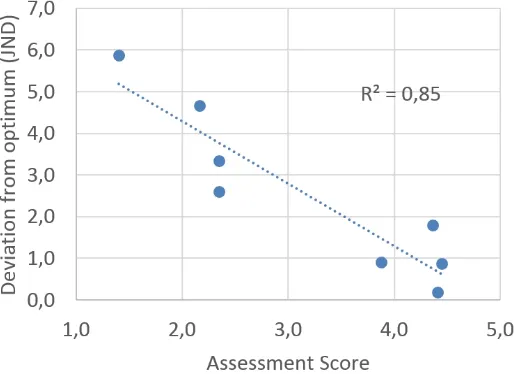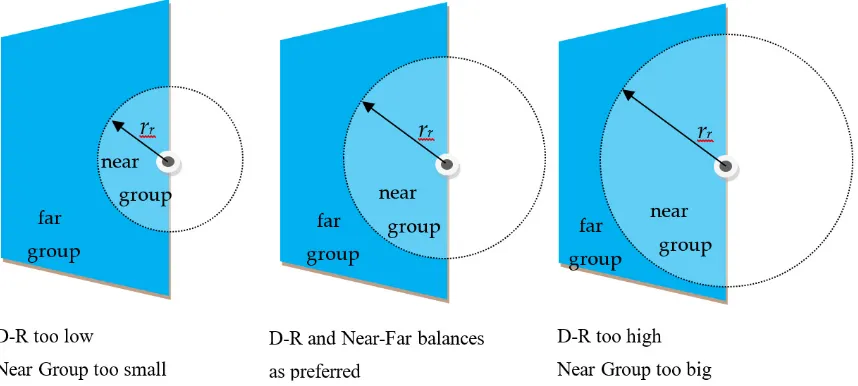Cited by 1
Full text
Figure




Related documents
reported a subluxa- tion/reluxation rate of 13% (six of 45 operated knees) in an average follow-up examination period of 13.5 years, where 14 patients and 15 Roux-Elmslie-Trillat
Drug survival of the second bDMARD treatment was estimated using the Kaplan-Meier method and compared between patients who received an anti-TNF versus a non-anti-TNF second bDMARD
However, the score outcome in the MSQ as well as the calculated results (CMS, DASH, SPADI) were highly dependent on the type of fracture (Table 3) and the shoulder function was
Two composite scores were also created: (1) perceived effectiveness of “active” strategies by averaging the effectiveness ratings of six “active” strategies, and (2)
Gram positive coccus, occurring in chains. Gram positive coccus, occurring in
Cite this article as: Wariaghli et al.: Normative values for the bath ankylosing spondylitis functional index in the general population compared with ankylosing spondylitis patients
The patient questionnaire included five validated instru- ments that assess the impact of FM on aspects of HRQoL and symptoms (such as pain, sleep, anxiety, and depression):
In terms of the overall rate of all-cause revision surgery, including significant loosening, symptomatic hardware, and patient-requested hardware removal during follow-up period,
